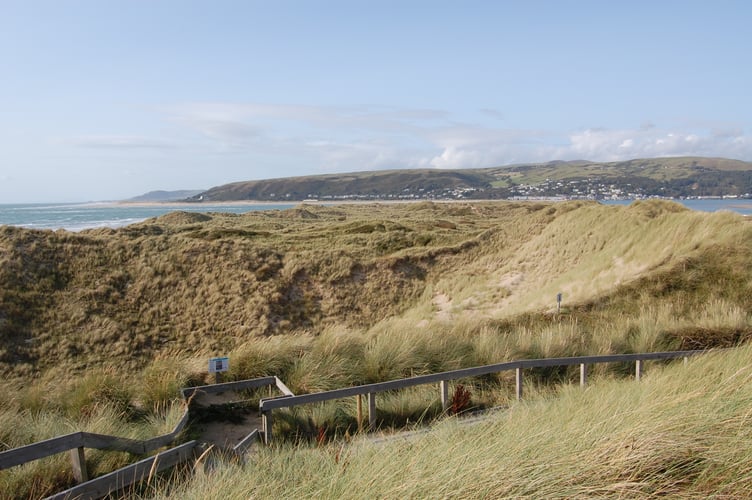Ceredigion and Gwynedd named the third and fourth best places respectively to spot wildlife this autumn in Wales.
Outdoor experts at Millets analysed the number of mammals, birds, fish, amphibians and insects that can be spotted per area in Wales to reveal autumn’s wildlife hotspots.
Taking the top spot as Wales’s best place to spot autumnal wildlife is Monmouthshire, with 302 species per km². Thanks to its mix of valleys, farmland, wetlands and woodlands, the county offers an abundance of wildlife to spot in autumn, including goshawks and redshanks. The season also brings migratory birds such as geese and swans.
Pembrokeshire is second with 181 species recorded per km². Along coastal areas visitors can spot dolphins, seals and razorbills, and there are great spots for seeing geese, starlings, kingfishers and red kites.
Ceredigion is third with 154 species per km². The area has a variety of spots perfect for autumnal birdwatching, including Ynyslas, Cors Dyfi Nature Reserve, Dyfi Ospreys and the Ceredigion Coast Path. In addition, Cardigan Bay is home to Europe’s largest population of bottlenose dolphins, which are visible from September through to November.
Gwynedd is fourth with 149 species per km². The county is home to several nature hotspots, including the Newborough National Nature Reserve and Forest, the Llŷn Peninsula, the RSPB Osprey Project and the Mawddach Valley, where visitors can spot wildlife such as seals, shorebirds, squirrels and jays in the autumn months.
Natalie Wolfenden, author and outdoor enthusiast at Millets said: “Wales is home to an incredible variety of wildlife that thrive during the autumn months.
“When planning a wildlife spotting trip, it’s essential to be prepared for changeable conditions. A waterproof jacket and walking boots are essentials. A good pair of binoculars will help you get a closer look at species you might otherwise miss.”


.jpeg?width=209&height=140&crop=209:145,smart&quality=75)


Comments
This article has no comments yet. Be the first to leave a comment.